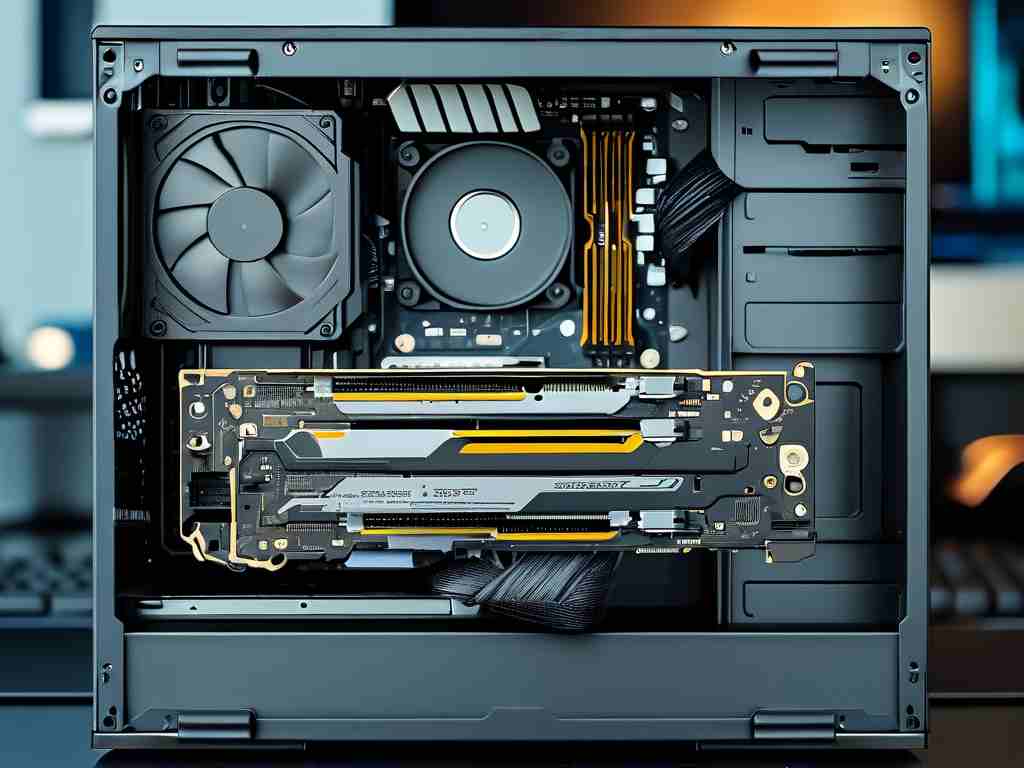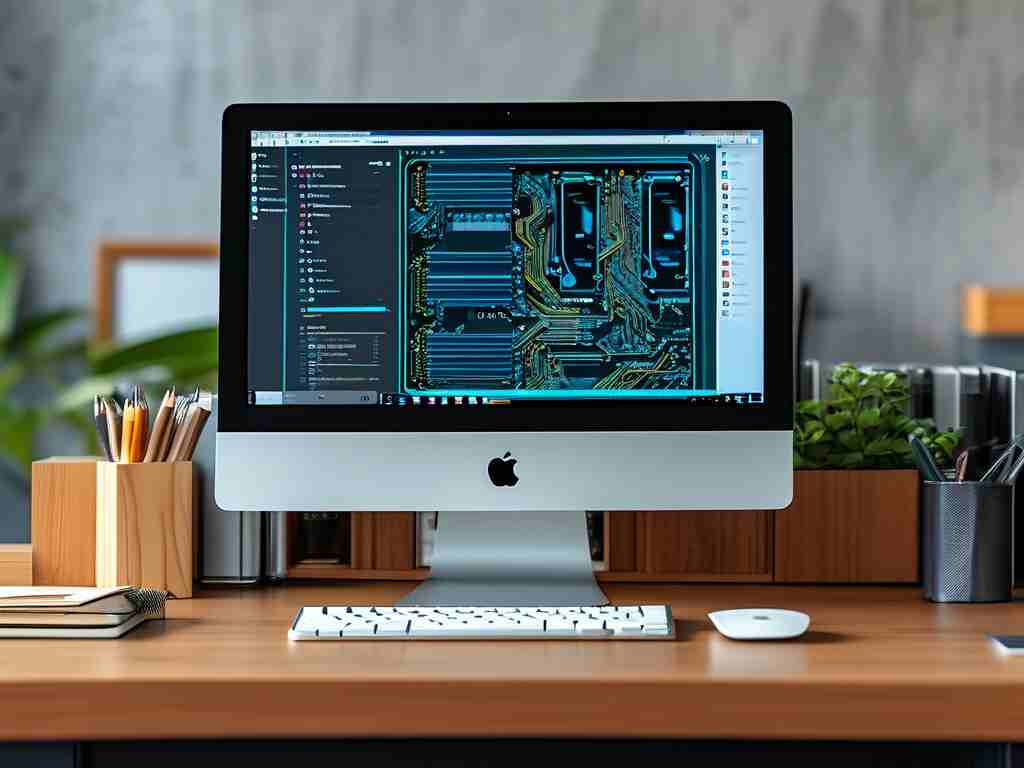In today's digitally driven world, understanding memory requirements has become essential for optimizing device performance. Whether using smartphones, laptops, or smart home devices, calculating daily memory needs ensures smooth operation and prevents frustrating slowdowns. This article explores practical methods to estimate memory demands for common tasks while offering actionable insights for better resource management.

Why Memory Calculation Matters
Memory (RAM) acts as a temporary workspace for active applications. Insufficient memory forces devices to rely on slower storage solutions, causing lag and reduced efficiency. For instance, streaming 4K video while running background apps may require 8GB of RAM for seamless performance. Gamers editing videos or running graphic-intensive software might need 16GB or higher. By quantifying these needs, users can avoid overspending on unnecessary upgrades or struggling with underpowered systems.
Step-by-Step Evaluation Process
- Audit Daily Activities: List common tasks like web browsing, document editing, or video conferencing. Browser tabs alone consume 100-300MB each, while productivity apps like Microsoft Office may use 500MB-1GB.
- Track Background Processes: Anti-virus software, cloud sync tools, and system utilities often consume 1-2GB collectively.
- Peak Usage Analysis: Identify high-demand scenarios, such as multitasking during work hours. A developer running a code editor, virtual machine, and Docker containers might require 32GB for optimal performance.
Hidden Factors Affecting Memory Needs
- Operating System Overhead: Windows 11 uses 2-4GB at idle, while macOS Ventura requires 3-5GB.
- Software Updates: Modern apps increasingly demand memory. Chrome’s memory usage has grown 30% since 2020.
- Future-Proofing: Allocate 20% extra capacity for evolving needs.
Optimization Strategies
- Browser Management: Limit tabs and use extensions like OneTab to reduce Chrome’s footprint by 70%.
- Startup Control: Disable non-essential auto-launch apps through Task Manager (Windows) or Activity Monitor (Mac).
- Virtual Memory Tweaks: Adjust pagefile settings cautiously, though overreliance can degrade SSD lifespan.
Case Study: Balanced Configuration
Sarah, a freelance graphic designer, upgraded from 8GB to 24GB after monitoring her workflow. Adobe Photoshop (2.5GB), Illustrator (1.8GB), and 20 Chrome tabs (3GB) regularly pushed her system beyond 80% utilization. Post-upgrade, rendering times improved by 40%, validating the importance of precise memory calculation.
Tools for Precision
- Built-in Monitors: Windows Memory Diagnostic and macOS Activity Monitor provide real-time usage data.
- Third-Party Apps: Tools like HWInfo or Memory Cleaner offer granular insights and optimization features.
- Cloud Calculators: Some manufacturers provide web-based estimators for specific workloads.
Calculating daily memory needs isn’t about chasing maximum specs but achieving equilibrium between usage patterns and hardware capabilities. By applying methodical evaluation and proactive optimization, users can extend device longevity and enhance productivity. As software complexity grows, periodic reassessment every 12-18 months remains crucial to maintaining optimal performance.









